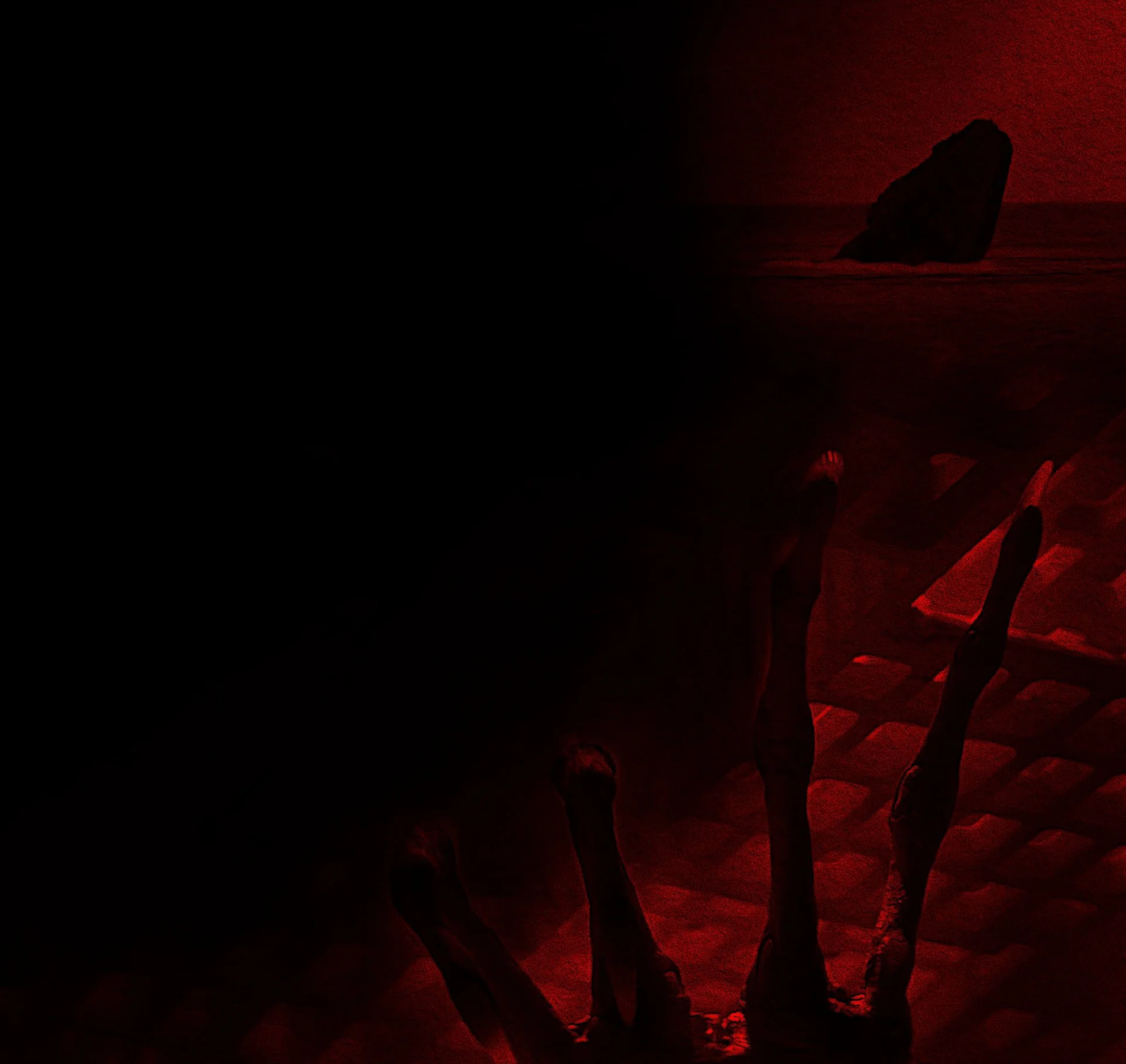
Most aficionados of 'Alien ³' are familiar with its two currently available versions.
The original 1992 release, now known as the Theatrical Cut, was the only officially available cut of the film for over a decade. This rendition underwent significant trimming, a decision driven by the studio to maintain momentum and adhere to a suitable cinema run time.
Clocking in at 114 minutes, the Theatrical Cut maintains a tighter pace but sacrifices numerous story lines and substantial character development. It wasn't until 2003, with the release of the Alien Quadrilogy box set, that fans were treated to the Assembly Cut of the film.
The Assembly Cut, now featuring over 30 minutes of additional footage, delves deeper into character backgrounds, expands the universe's lore, and intricately weaves various plot threads to a more satisfying conclusion. Notable alterations from the Theatrical Cut include development of the religious themes of the story, and the Xenomorph incubation process now occurring within an Ox instead of a Rottweiler.
The Legacy Cut of Alien ³ is largely made of the Assembly Cut, with minor adjustments. I feel that, while the Assembly Cut is clearly the more rewarding of the two current options, the Theatrical Cut wasn't without its merits, and fans shouldn't have to sacrifice the best of one version to enjoy the other.
The aim of the Legacy Cut is not only to enrich the visuals of Alien ³, but also to offer fans a version that amalgamates the finest aspects of both cuts, along with a few additional editing tweaks to enhance the overall experience of the film.
In the opening credits of both versions of the film currently available, the credits are broken up with shots of the inside of the Sulaco as the fire breaks out and the Facehugger preys on its host.
While we all now know the ultimate fate of all parties involved, I feel the opening credits are more foreboding without this explicitly made clear, and it helps the mystery of the story and the horror of Ripley’s discovery in the nueroscanner, that these details are omitted so early on.
All references to the Facehugger have now been completely removed from the opening credits.
This was more difficult than you might think. It wasn’t as simple as just cutting those shots out. The music had to be taken directly from the score, edited down to match the pacing of the credits, now shorter in length. The sound effects, no longer matching the visuals, also had to be isolated where possible, and recreated in some cases.
The credit screens themselves posed a unique challenge, as some that were broken up with newly removed shots, had to be stitched together. This always resulted in the need to recreate new frames between shots. The credit shots themselves have been sped up to play at 150% speed, while the narrative shots play at normal speed.
Recreation of the opening credits took approximately two weeks, but I feel it’s a more appropriate introduction to the story overall, and for those who experience Alien ³ for the first time through the Legacy Cut, I think it will be a more rewarding reveal when they finally see that freeze-frame on the screen…
Removing these elements from the film also creates narrative opportunity, as the ‘Royal Facehugger’ scene has also been taken out. This leaves a certain degree of ambiguity as to how both Spike and Ripley became impregnated. Viewers are of course free, and encouraged, to speculate as they wish, but the suggested narrative for The Legacy Cut is a simple one.
While the optimal model for the Queen Alien to lay eggs is in her hive, stationary and protected by her sentries, it is not the only possibility. After detaching herself from the ovipositor during her escape, and hiding in the Sulaco’s landing gear, waiting to take her revenge, what better could a Queen Alien do to occupy her time… than lay eggs? Her entire colony has just been destroyed, all her progeny dead. She needs to rebuild.
How many eggs she laid is anyone’s guess, but when the remaining crew go into hypersleep, at least one Alien finds its way to them. In ‘Aliens’ we see a living specimen in the lab on Hadley’s Hope, weeks after the colonists have all been taken to their doom. We know that, while the Facehugger’s lifespan is short, it can live at least that long in search of a host.
The Facehugger finds its target protected by thick glass, and uses whatever tools at it’s disposal to fulfil it’s biological imperative. The acidic discharge used to burn through the Cryotube starts an electrical fire, triggering security protocols and launching the EEV, but not before the parasite bonds with its prey. Escaping the rising flames amid the chaos, a second Facehugger also finds safety in the shuttle.
The EEV hurls toward prison colony Fiorina 161 and breaks atmosphere, crashing into the ocean, causing catastrophic damage. A hole is torn in the side of the shuttle and it is flooded instantly. Hicks and Newt’s cryotubes are damaged with the impact. Newt’s floods in seconds and Hicks is crushed in the impact.
Ripley’s cryotube, already damaged from the acid attack, shatters as the EEV lands. As the shuttle fills with water she, and the Alien attached to her face, are violently dragged out into the ocean. Ironically, had she been alone, she almost certainly would have drowned as well, but the Facehugger keeps her alive. Together they thrash and twist in the currents, until eventually they’re washed ashore.
There Ripley lies, unconscious and blissfully unaware of her ongoing violation, until the Alien falls off hours later, dead, its task fulfilled. The Facehugger’s rigid and lifeless body comes and goes, swaying back and forth with the waves, until finally the tide washes it out to sea, mere moments before Clemens spots Ripley on the beach…























